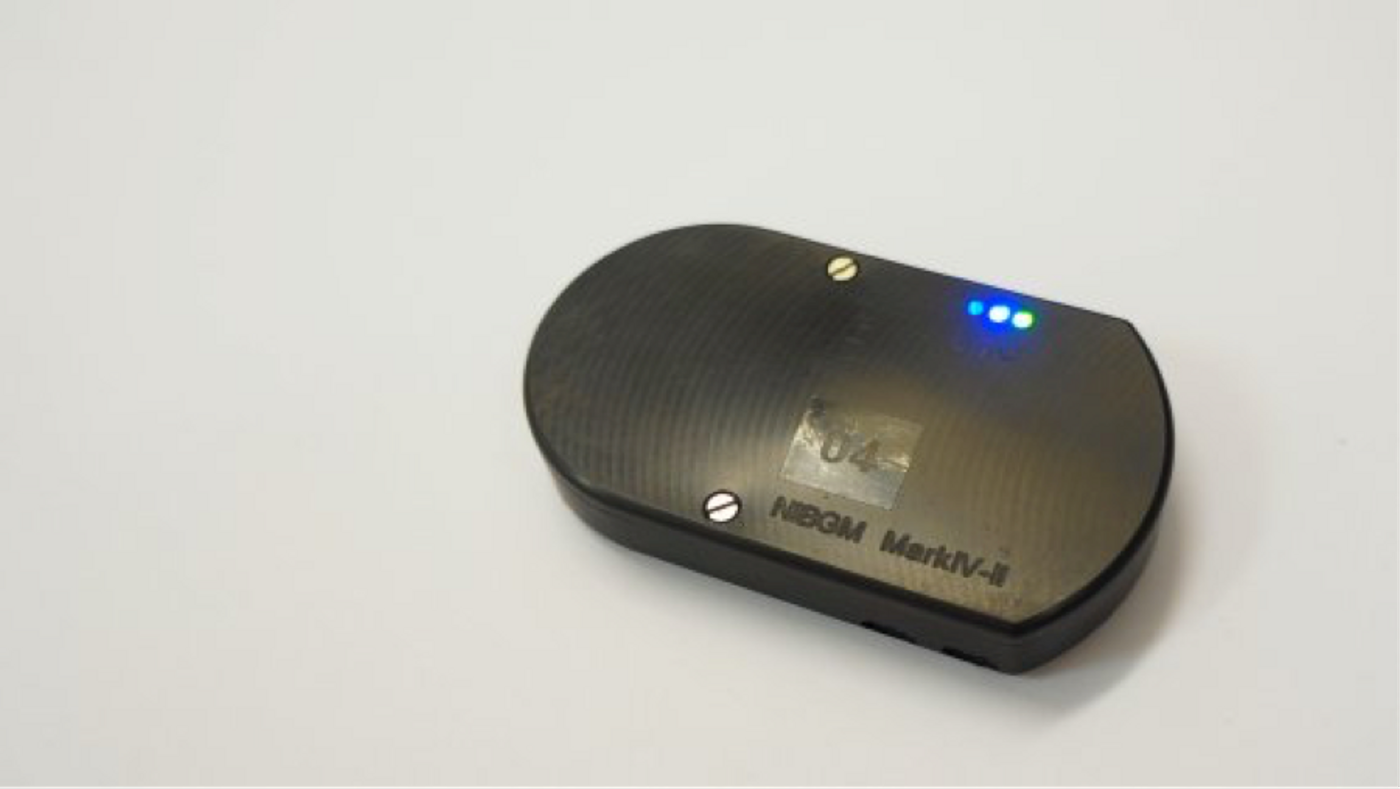Patients with diabetes struggle daily with painful finger pricks to monitor their blood sugar levels. Now, a new device developed by researchers the UK's Cardiff University delivers the same function as traditional glucose sensors but without the pain. The new wearable glucose monitor attaches to the body via sticky adhesives and records the blood sugar levels using microwave technology. Researchers say this device could reach the market in five years time, and has the potential to dramatically change how patients manage diabetes.

Diabetes is characterized by the body’s inability to regulate blood glucose levels. In type 1 diabetes, insulin is not made in enough quantities because the insulin producing cells (islet cells) are attacked and destroyed by the body’s own immune system. As a result, the body is unable to regulate blood sugar levels normally, and diabetics must take great care in monitoring their activity, diet, and glucose levels. This involves as many as six daily finger pricks to check for blood glucose levels.
To remove the stress of this process for the patients, the UK researchers developed a wearable device that measures glucose without the need for blood samples. Led by Adrian Porch and Heungjae Choi, the team’s device is small and attaches simply to a patient’s arm or side of the body with ordinary adhesives. The monitor works by sending microwaves into the skin, and transmitting the readings to a computer or smart phone for analysis.
“Conventional methods of monitoring blood glucose require the extraction of blood,” said Adrian Porch. “Our device is non-invasive — it does not require the extraction of blood apart from the initial calibration.”
And they say the microwave-based device is completely safe to attach to a human body. "It uses microwaves, but the levels are very, very low. Nowhere near the levels used in domestic cooking,” said Porch. He further clarified that the glucose sensor emits about 1000 times less microwaves than a cell phone.
In research studies, the device performed as well as commercially available glucose sensors that rely on blood samples. The team plans to test this device in larger clinical trials this summer at the Swansea University’s College of Medicine in collaboration with Stephen Luzio.
“Patients are very keen on this,” said Luzio. “One of the big problems with patients measuring their glucose is they don’t like pricking their finger, so there’s a lot of interest.”
The incidence of diabetes is increasing at an alarming rate worldwide. In 2014, the World Health Organization (WHO) estimated 422 million people were diagnosed with diabetes. Furthermore, WHO projects that this chronic condition will rise to become the 7th leading cause of death in 2030. Because of this, a needle-free device for diabetes management is hugely attractive to health providers and patients. The team hopes to bring their device to the market within five years.
Additional sources:
Cardiff press release,
BBC









